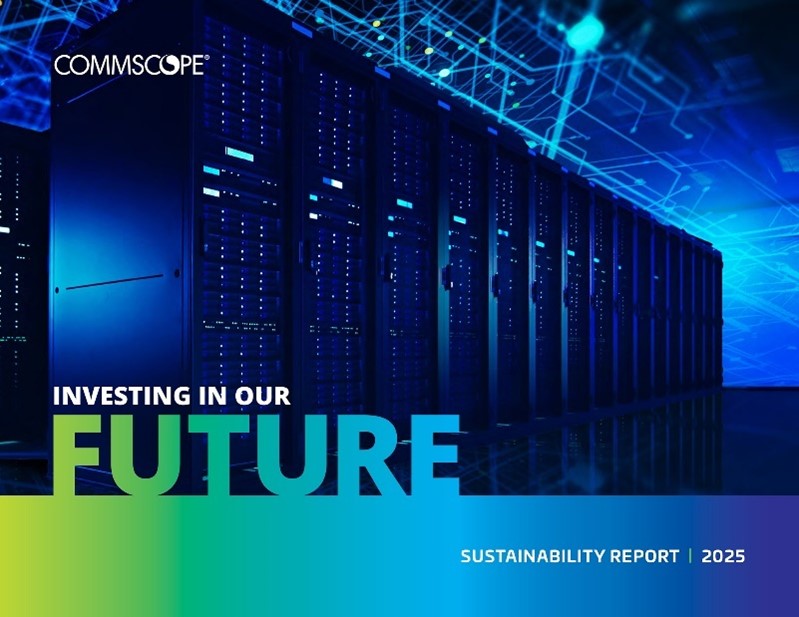 Europe's data protection rules are undergoing sweeping changes. As the amount of digital information increases, General Data Protection Regulation (GDPR), which took effect May 25th this year, overhauls how businesses process and handle information. Individuals will have easier access to data that companies hold about them.
Europe's data protection rules are undergoing sweeping changes. As the amount of digital information increases, General Data Protection Regulation (GDPR), which took effect May 25th this year, overhauls how businesses process and handle information. Individuals will have easier access to data that companies hold about them.
GDPR is an evolution – not a revolution
The law puts the consumer and citizen first by creating high standards of privacy, according to the CEO of a Criteo. Modernising the legal framework creates an opportunity to build a culture of privacy that pervades an entire organisation while providing clarity and consistency to businesses and individuals.
Up until now, each member state in the European Union had operated under the 1995 data protection directive and had its own national laws on the topic. GDPR brings outdated personal data rules up to speed with an increasingly digital era while companies like Microsoft and SAP are offering tools to help their customers reduce complexity surrounding GDPR compliance.
CLICK TO TWEET: With the start of GDPR, this could be a great time for businesses to take a holistic view of their networks. CommScope's Paul Bell explains in this blog.
Better information, better decisions
As we enter a new era of data responsibility, IBM’s CEO says the potential value of data is immeasurable. Paired with new technology like artificial intelligence, responsibly used data can help businesses develop deeper insights, make exponentially better decisions and engage customers as never before. GDPR focuses a business on collecting and using only the data necessary and managing that data responsibly. Given the focus on better data management, this could be a great time for businesses to take a holistic view of the network.
For example, one IT infrastructure company, Excel I.T., turned to CommScope’s automated infrastructure management (AIM) system to better understand the location of its customers’ network assets and users. CommScope’s imVision system provided facility and real estate managers with better information on building occupancy and as a result helped reduce unnecessary office space by understanding exactly what was connected, how it was connected and where it was located.
As the industry modernises its legal framework for the digital age, isn’t it time to take the same approach in managing the network?






